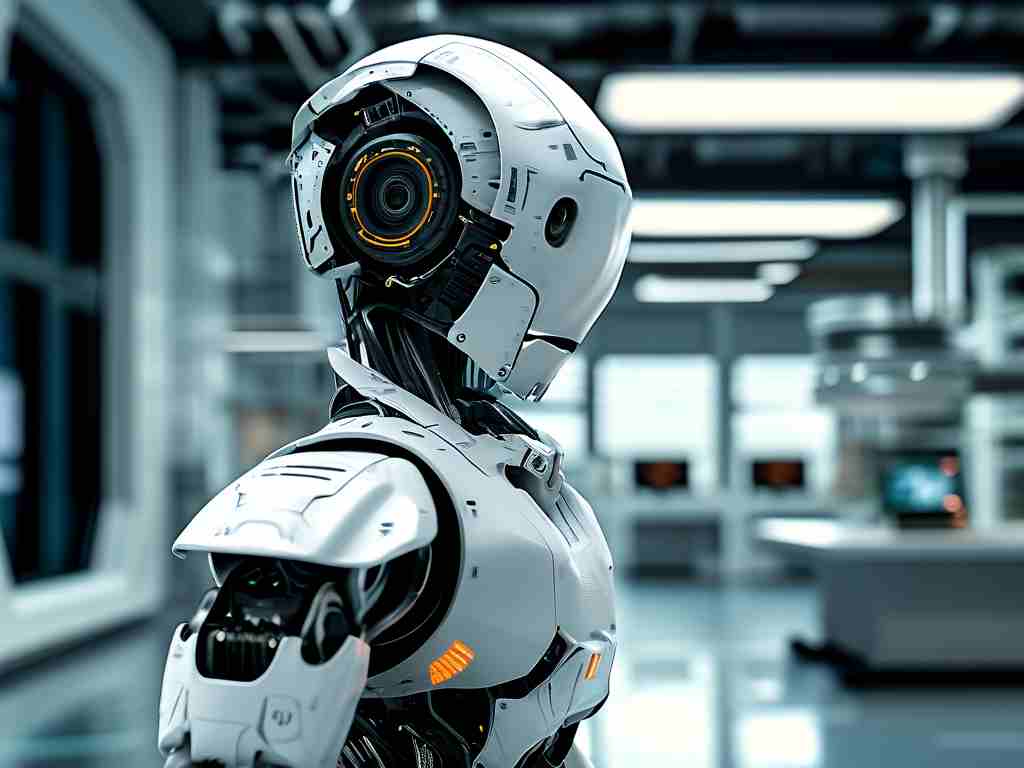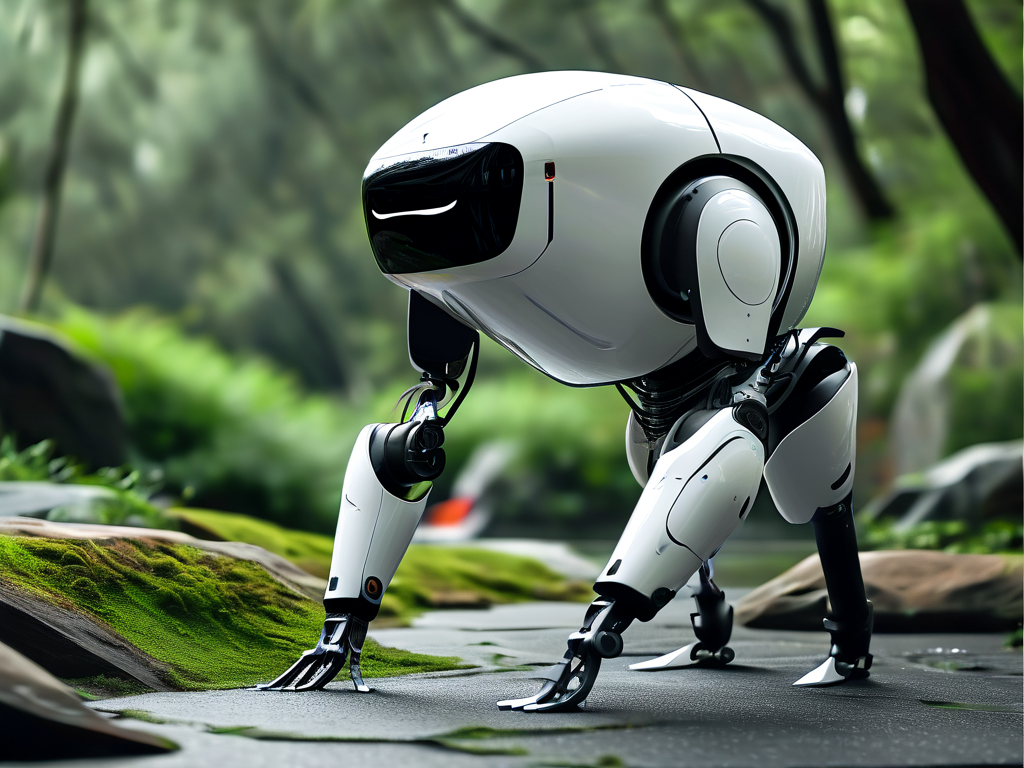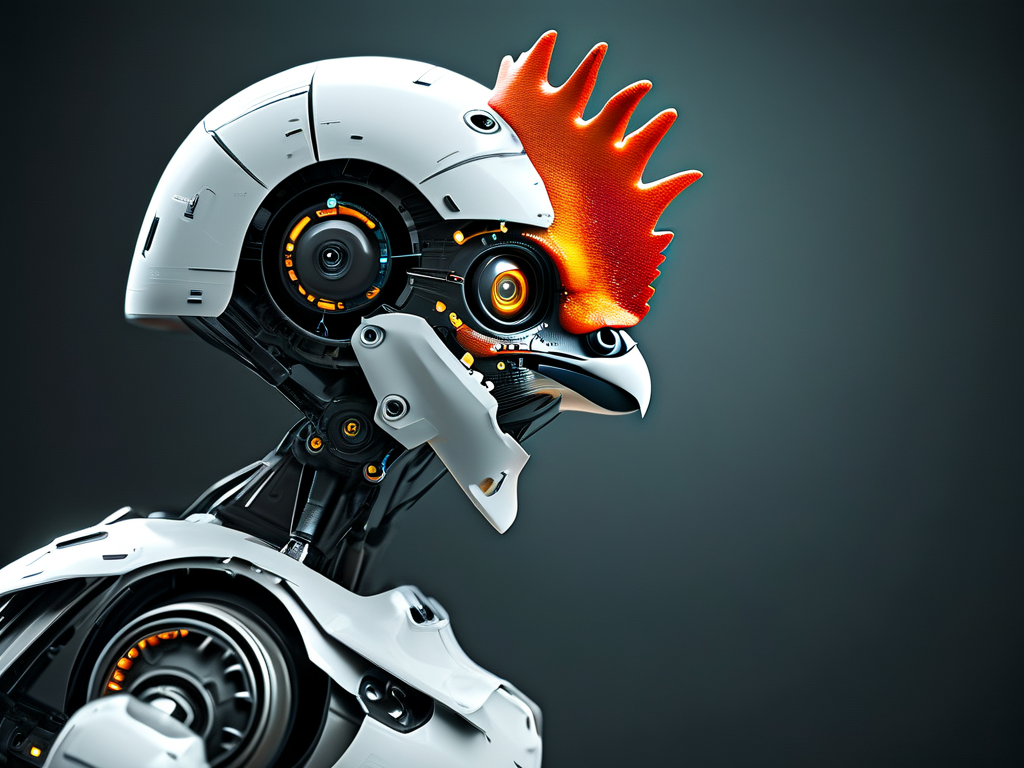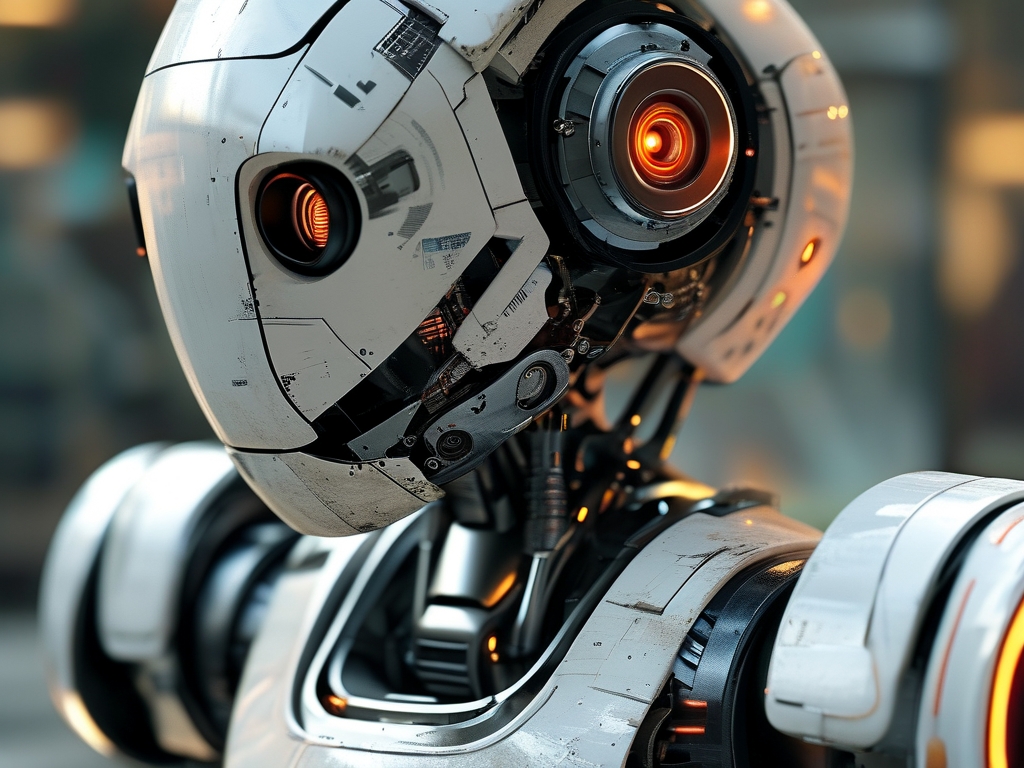The convergence of biological principles and advanced robotics has ushered in a transformative era with the emergence of bionic robotic embryonic technology. This groundbreaking field combines the self-organizing properties of biological embryos with modular robotics, creating systems capable of autonomous adaptation and evolution. Unlike traditional robotics, which rely on predefined programming, these "embryonic robots" mimic cellular differentiation processes to reconfigure their structures dynamically in response to environmental stimuli.

The Biological Blueprint
At the core of this technology lies biomimicry—the imitation of embryonic development stages observed in nature. Biological embryos undergo morphogenesis, where undifferentiated cells specialize into tissues and organs through gene-regulated interactions. Similarly, robotic modules embedded with artificial intelligence (AI) algorithms communicate via decentralized networks, enabling spontaneous reorganization. For instance, a damaged robot might shed malfunctioning units and regenerate functional components, much like a salamander regrowing a limb.
Researchers at the Kyoto Institute of Technology recently demonstrated this by developing a swarm of cube-shaped modules that collectively "grow" into task-specific forms. When placed in a simulated disaster zone, the modules aggregated into a snake-like structure to navigate narrow passages, then reconfigured into a six-legged transport bot to carry debris. This adaptability is powered by neural networks trained on evolutionary algorithms, allowing real-time optimization without human intervention.
Applications Across Industries
- Medical Frontiers: Surgical microbots inspired by embryonic fluid dynamics are being tested for targeted drug delivery. These devices, no larger than a grain of rice, can traverse blood vessels and assemble into temporary scaffolds to repair damaged tissues.
- Environmental Resilience: In ocean cleanup initiatives, aquatic embryonic robots dynamically form oil-absorbing networks. Unlike static barriers, these systems expand or contract based on spill patterns, improving efficiency by 40% in trials conducted off the Gulf of Mexico.
- Space Exploration: NASA’s Jet Propulsion Laboratory is prototyping self-assembling rovers for extraterrestrial missions. Modules launched in compact configurations autonomously merge into larger units upon landing, reducing payload volume while ensuring mission redundancy.
Technical and Ethical Challenges
Despite its promise, the technology faces hurdles. Energy efficiency remains critical—autonomous reorganization demands significant computational resources. A 2023 study in Nature Robotics revealed that current prototypes expend 70% of their power budget on module coordination, limiting operational longevity. Additionally, ethical debates surround "evolutionary autonomy." Critics argue that machines capable of self-modification could develop unpredictable behaviors, necessitating robust fail-safe mechanisms.
Dr. Elena Voss, a bioethicist at Stanford University, warns: "We’re not just engineering tools; we’re creating life-like systems that blur the line between organism and machine." Regulatory frameworks are lagging, with only the European Union drafting preliminary guidelines for adaptive robotics.
The Road Ahead
The next decade will likely see hybrid systems integrating organic and synthetic components. Teams at MIT are experimenting with neuron-coated modules that respond to electrical stimuli, enabling direct brain-machine interfaces. Meanwhile, advances in 4D printing could allow robots to "hatch" from flat sheets into three-dimensional forms when exposed to heat or moisture—an idea borrowed from plant seed dispersal.
As this technology matures, interdisciplinary collaboration will be vital. Biologists, roboticists, and ethicists must co-design systems that balance innovation with societal responsibility. One certainty remains: bionic robotic embryonic technology isn’t merely replicating life—it’s redefining what machines can become.





